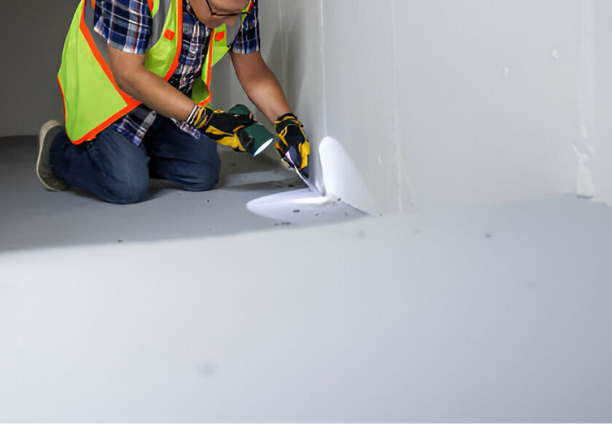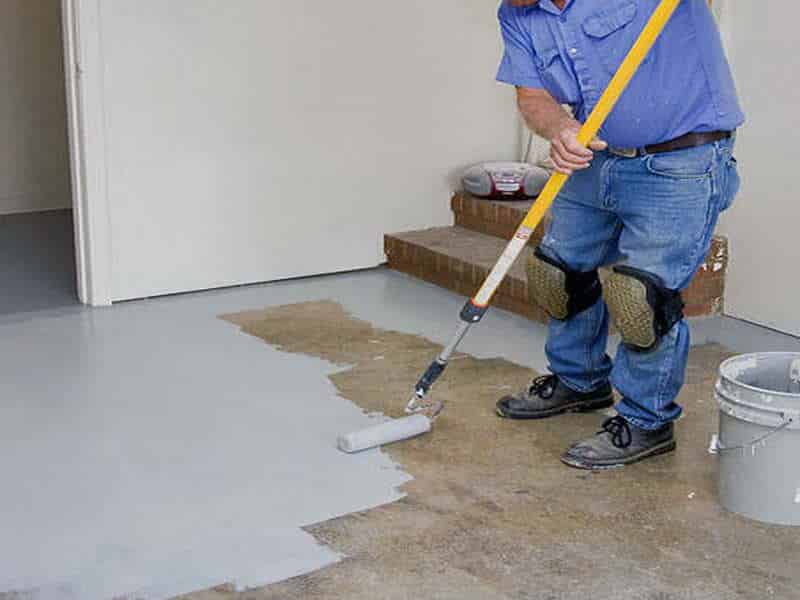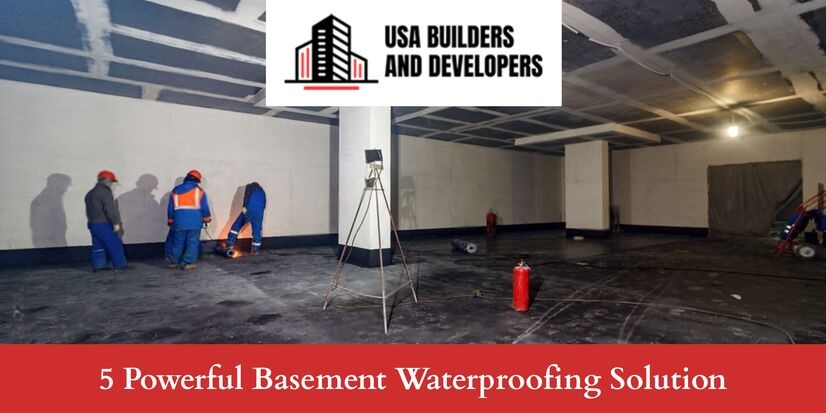Your basement can be a valuable storage space, a cozy retreat, or even an extra living area. But if it’s damp, it can cause damage to your home and health risks for your family. Luckily, there are proven ways to keep your basement dry. Let’s explore five effective basement waterproofing solutions to stop moisture problems for good.
1. Exterior Waterproofing: Stop Water Before It Enters
- Understanding Exterior waterproofing: This method involves addressing moisture at its source by installing a barrier around the exterior of your basement walls.
- The Process: Excavation is performed to expose the foundation walls, which are then cleaned and inspected for any cracks or vulnerabilities. Next, a waterproof membrane is applied, often accompanied by drainage systems to redirect water away from the foundation.
- Pros and Cons: Exterior waterproofing offers comprehensive protection but can be labor-intensive and costly.
2. Interior Sealants: Sealing Out Moisture from Within
- How Interior Sealants Work: Instead of tackling the issue from the outside, interior sealants create a barrier on the inside surface of your basement walls.
- Application Process: Interior sealants are typically apply like paint, forming a waterproof coating once dried. They can be use on various surfaces, including concrete and masonry.
- Advantages and Limitations: Interior sealants are relatively easy to apply and can be a cost-effective solution for minor dampness issues. However, they may not be suitable for more severe water infiltration.


3. French Drains: Redirect Water Away
- Introduction to French Drains: French drains are subsurface drainage systems designed to intercept and redirect water away from your basement.
- Installation Method: A trench is dug along the perimeter of the basement floor, lined with perforated pipe and gravel. This setup allows water to enter the drain and be carried away from the foundation.
- Benefits and Considerations: French drains effectively alleviate hydrostatic pressure around your basement walls, reducing the risk of seepage. However, proper installation is crucial for optimal performance.
4. Sump Pump Installation: Keeping Your Basement Dry
- Understanding Sump Pumps: Sump pumps are devices install in the lowest part of your basement or crawl space to pump out excess water.
- Installation Process: A pit, known as a sump basin, is excavated, and the pump is placed inside. When water levels rise, the pump activates, discharging water outside your home.
- Advantages and Maintenance: Sump pumps are a reliable defense against basement flooding, especially in areas prone to heavy rainfall or high water tables. Regular maintenance is essential to ensure proper functioning.
5. Crack Injection: Sealing Leaks at the Source
- Addressing Foundation Cracks: Cracks in your basement walls or floor can serve as entry points for moisture. Crack injection involves filling these cracks with waterproof materials to prevent further seepage.
- Procedure Overview: Epoxy or polyurethane injections are commonly use to seal cracks, creating a durable barrier against water intrusion.
- Effectiveness and Considerations: Crack injection is a targeted solution for specific areas of concern. However, identifying and addressing all cracks may require professional expertise.
Conclusion:
Ignoring basement moisture can lead to mold, structural damage, and poor indoor air quality. Whether you choose exterior waterproofing, interior sealants, drainage systems, or crack repairs, taking action now will protect your home for years to come.
If you’re unsure which solution is right for you, consider consulting a waterproofing expert. A dry basement isn’t just about comfort—it’s about keeping your home safe and sound!
Have Questions? Call Us Now!
We’re here to help—quick answers, friendly service, anytime you need!

